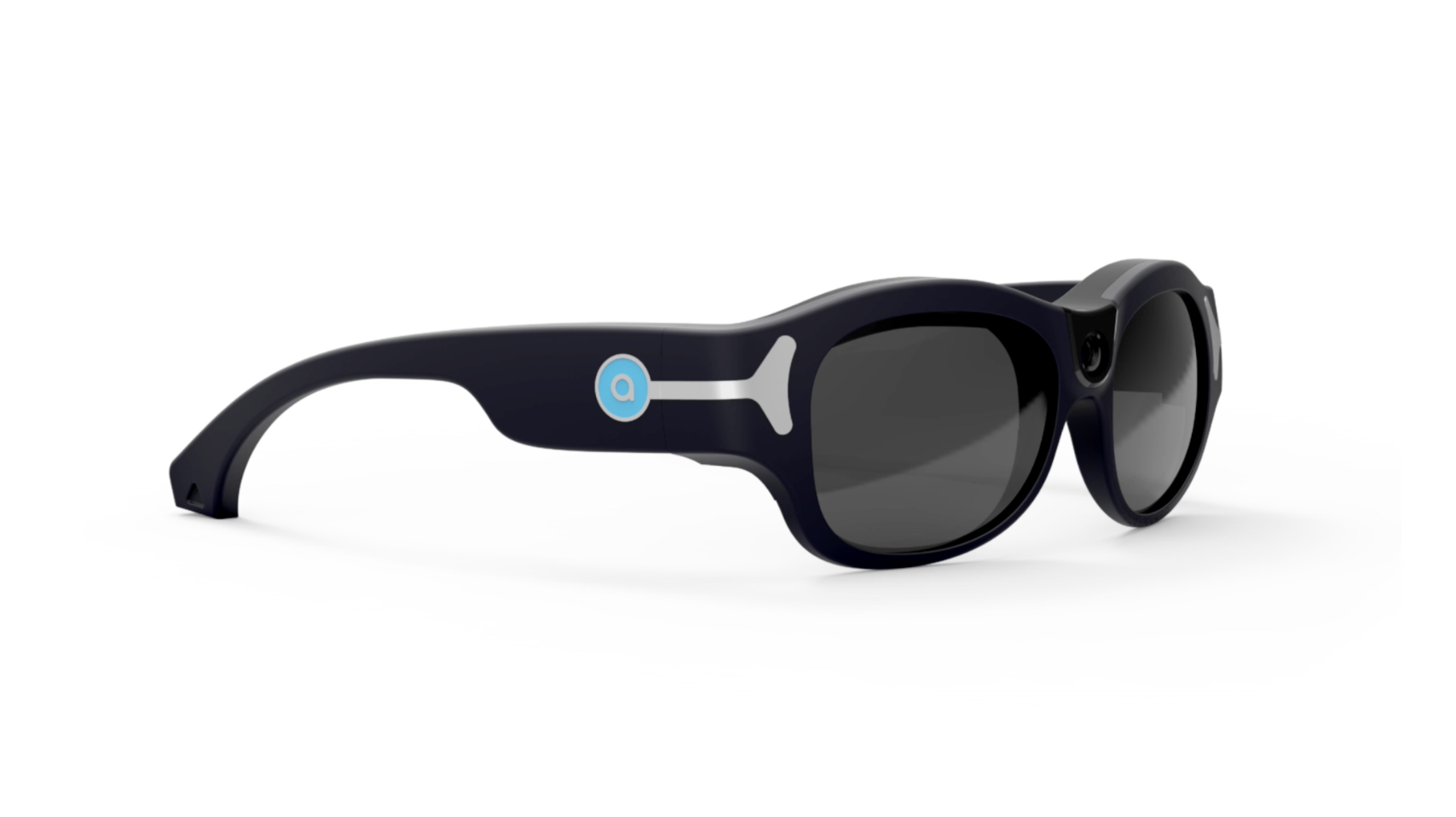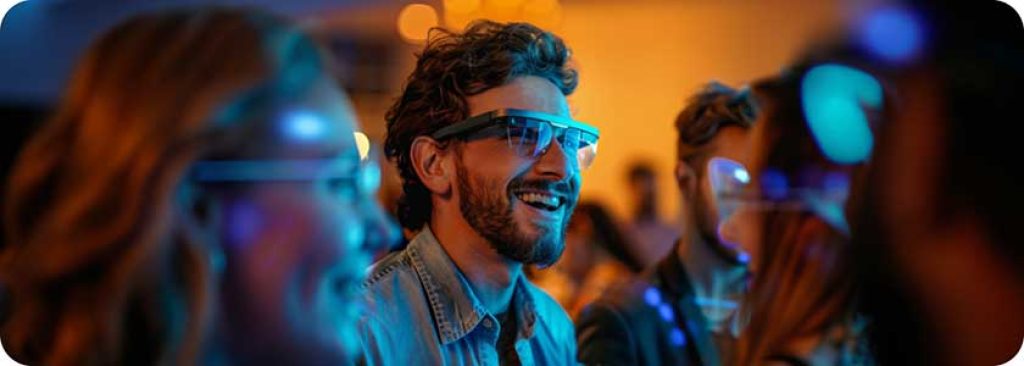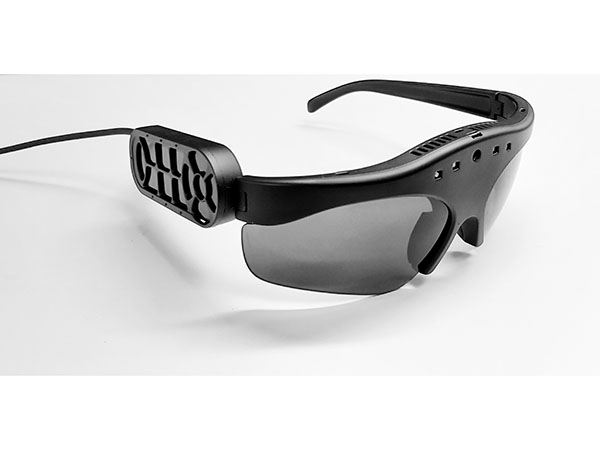Mobility Aids for Visually Impaired Users: Enhancing Independence and Navigation
Mobility Aids for Visually Impaired Users: Enhancing Independence and Navigation
Blog Article
Discover Advanced Assistive Tools for Individuals With Visual Impairments
The landscape of assistive innovation for people with aesthetic impairments is advancing quickly, providing a series of cutting-edge devices that boost freedom and interaction (Braille displays and notetakers). From smart glasses that flawlessly merge aesthetic input with auditory support to innovative navigating applications that redefine spatial awareness, these devices are improving possibilities. The most current developments in Braille innovation and voice-activated systems dramatically add to access. The implications of these developments expand far past mere performance; they challenge conventional perceptions of handicap and freedom. What might this imply for the future of addition and support?
Smart Glasses Innovations
Smart glasses represent a considerable improvement in assistive innovation for people with visual problems. Equipped with sensing units and cams, smart glasses can record real-time visual information, which is then processed and communicated to the customer with audio responses or haptic experiences.
In addition, innovations in expert system have better improved the capacities of clever glasses. Artificial intelligence formulas can identify faces, checked out message, and recognize items, making them invaluable tools for daily jobs. Customers can get acoustic cues that provide context concerning their setting, promoting independence and confidence.
In addition, the ergonomic style and lightweight nature of many smart glasses make them suitable for long term usage, making certain comfort while improving capability. As these gadgets remain to advance, they hold the possible to reinvent the means individuals with aesthetic disabilities experience their every day lives, linking the void in between accessibility and technology. The recurring research and advancement in this field pledge to increase the possibilities for wise glasses, making them an essential part of modern-day assistive gadgets.
Navigating Application and Tools
Various navigating applications and tools have actually become crucial sources for people with aesthetic problems, dramatically enhancing their ability to pass through strange settings. These modern technologies leverage GPS functionality, audio hints, and real-time information to offer users with accurate navigation assistance.
One noticeable example is the Aira application, which connects customers to trained agents that can offer aesthetic descriptions of surroundings and navigation support through a real-time video clip feed. This solution enhances the user's spatial understanding and confidence while browsing. Another remarkable tool is Seeing Eye GPS, which provides voice-guided navigation and points of interest, enabling customers to accessibility essential info about their surroundings.

As innovation continues to advancement, the advancement of extra sophisticated navigation tools guarantees to additional equip individuals with visual impairments, promoting smooth wheelchair and assimilation into varied settings. Such advancements contribute in advertising an extra comprehensive culture.
Braille Modern Technology Advancements
In the last few years, improvements in Braille modern technology have actually considerably transformed just how individuals with visual problems gain access to information and involve with the world around them. The advancement of mobile Braille display screens has changed reading by permitting individuals to link wirelessly to smartphones, tablets, and computer systems. These tools convert text right into Braille in real-time, allowing seamless communication with electronic content.
Additionally, cutting-edge Braille printers have actually emerged, enhancing the manufacturing of tactile materials. Modern embossers are much faster and extra efficient, enabling for the quick creation of Braille files and instructional materials. This effectiveness reduces the time and expense connected with producing Braille resources, making them much more easily accessible to organizations and colleges.
In addition, the combination of Braille with other innovations, such as expert system and artificial intelligence, has opened up new opportunities for individualized learning experiences. Voice recognition and synthesis modern technologies can complement Braille, providing a comprehensive approach to info circulation.
As the demand for inclusive education and learning and office atmospheres expands, these technical innovations play a critical function in empowering people with visual problems, ensuring they have equivalent accessibility to details and opportunities in numerous aspects of life.
Wearable Tools for Self-reliance
A growing array of wearable devices is improving independence for individuals with visual impairments, using ingenious solutions that boost navigation and day-to-day living. Braille displays and notetakers. These gadgets make use of innovative innovations to provide real-time feedback and support, promoting freedom in different settings

Wearable innovation likewise includes smartwatches that can be set with accessibility features, making it possible for customers to obtain notices, track their locations, and even ask for assistance with the touch of a button. Additionally, some gadgets include artificial intelligence to examine the setting, offering sound descriptions of nearby things or individuals.
Voice-Activated Assistive Solutions
Leveraging voice-activated assistive solutions has actually changed the landscape of assistance for people primary eye care with aesthetic impairments, supplying hands-free interaction and accessibility to a selection of jobs. These modern technologies use natural language handling and fabricated intelligence to allow users to execute everyday activities through easy voice commands.

Furthermore, current developments in voice acknowledgment accuracy have enhanced the individual experience substantially, accommodating diverse accents and speech patterns. This inclusivity makes certain that more individuals can benefit from these modern technologies, cultivating a higher sense of autonomy.
Final Thought
Finally, the development of sophisticated assistive devices dramatically boosts the freedom and quality of life for individuals with visual problems. Developments such as clever glasses, navigating applications, Braille technology, wearable tools, and voice-activated solutions jointly foster an even more comprehensive atmosphere. These modern technologies equip users to navigate their surroundings with self-confidence and involve more completely with the globe, inevitably promoting higher ease of access and go level playing fields for people facing aesthetic difficulties.
The landscape of assistive innovation for individuals with aesthetic disabilities is progressing rapidly, offering a variety of innovative devices that improve freedom and involvement.Smart glasses stand for a substantial development in assistive innovation for people with aesthetic impairments. As these gadgets continue to develop, they hold the possible to revolutionize the method people with visual impairments experience their daily lives, connecting the space between access and technology.In recent years, advancements in Braille modern technology have actually dramatically transformed how people with visual disabilities accessibility information and involve with the globe around them. These modern technologies encourage users to find out browse their environments with confidence and engage more fully with the globe, ultimately advertising higher accessibility and equal possibilities for people encountering visual obstacles.
Report this page